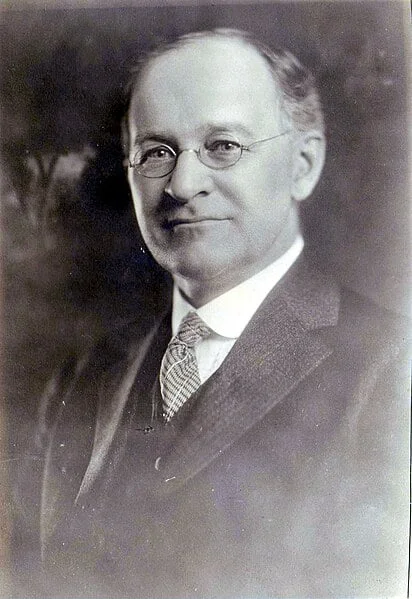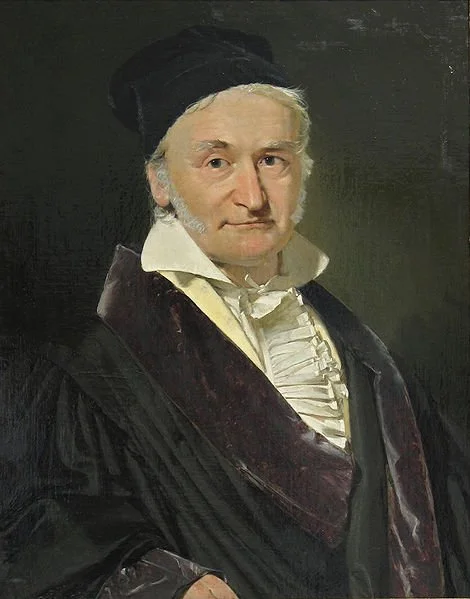Real Celebrities Never Die!
OR
Search For Past Celebrities Whose Birthday You Share

source:wikipedia.org
John Fillmore Hayford
Birthday:
19 May, 1868
Date of Death:
10 Mar, 1925
Cause of death:
Unknown
Nationality:
American
Famous As:
Geodesist
Age at the time of death:
56
Early Life and Education
John Fillmore Hayford, a pioneering figure in geodesy and a distinguished American engineer, was born on May 19, 1868, in Rouses Point, New York. Raised in a family that valued education, Hayford exhibited intellectual promise from an early age, excelling in mathematics and physics. His passion for scientific exploration laid the foundation for his future endeavors.
Academic Pursuits
Hayford attended the United States Military Academy at West Point, graduating in 1889. He then pursued further education at the Hopkins Engineering School of Johns Hopkins University, earning a degree in civil engineering in 1893. These academic achievements set the stage for his future contributions to geodesy.
Career at the U.S. Coast and Geodetic Survey
Hayford became a pivotal figure in the United States Coast and Geodetic Survey (USC&GS). He contributed extensively to geodetic research and surveying methodologies, marking the beginning of his influential career in geodesy.
The Hayford Ellipsoid
One of Hayford’s landmark achievements was the development of the Hayford Ellipsoid, a mathematical model representing the shape of the Earth. This model greatly improved the accuracy of mapping and navigation systems and became a fundamental reference for geodetic measurements.
Superintendent of the USC&GS
As the superintendent of the USC&GS, Hayford led ambitious geodetic surveys, significantly contributing to the understanding of the Earth’s surface and gravitational field. His leadership strengthened the agency’s role in global coordination for surveying and mapping activities.
Fieldwork and Hands-On Approach
In addition to his theoretical contributions, Hayford actively participated in fieldwork. His hands-on approach to refining measurement techniques and establishing a reliable geodetic infrastructure earned him widespread recognition and respect.
Professional Recognition
In 1910, Hayford became the president of the American Society of Civil Engineers, further showcasing his prominence in the engineering community. His influence extended internationally, playing a vital role in geodetic conferences and collaborations across borders.
John Fillmore Hayford's Quote's
Personal Life and Legacy
Hayford was known for his amiable personality and collaborative spirit, fostering a positive working environment within the USC&GS. His commitment to family, community, and scientific advancement left a lasting impact on those who worked with him.
Death and Enduring Legacy
John Fillmore Hayford passed away on March 10, 1925. His pioneering work continues to shape modern geodetic practices, influencing generations of scientists and engineers. The Hayford Award, established by the American Geophysical Union, honors his enduring contributions to geodesy.
John Fillmore Hayford’s life and career exemplified intellectual curiosity, academic excellence, and dedication to advancing geodetic science. His legacy underscores the importance of precision, collaboration, and innovation in understanding the Earth’s geophysical nature.
Name:
John Fillmore Hayford
Popular Name:
John Fillmore Hayford
Gender:
Male
Cause of Death:
Unknown
Spouse:
Place of Birth:
Rouses Point, New York, U.S.A
Place of Death:
Evanston, Illinois, U.S.A
Occupation / Profession:
Personality Type
Campaigner: Enthusiastic, creative and sociable free spirits, who can always find a reason to smile. Though he was a scientist he was said to very jovial and creative.
Hayford was known for his insistence on precision in measurement.
Hayford's development of the Hayford Ellipsoid revolutionized geodetic reference systems. This mathematical model became a cornerstone for accurate mapping and navigation worldwide.
A crater on the far side of the moon is named after him.
Mount Hayford, a mountain peak near Metlakatla, Alaska, United States, is named after him.
Chanute Medal, Western Society Engineers 1925
